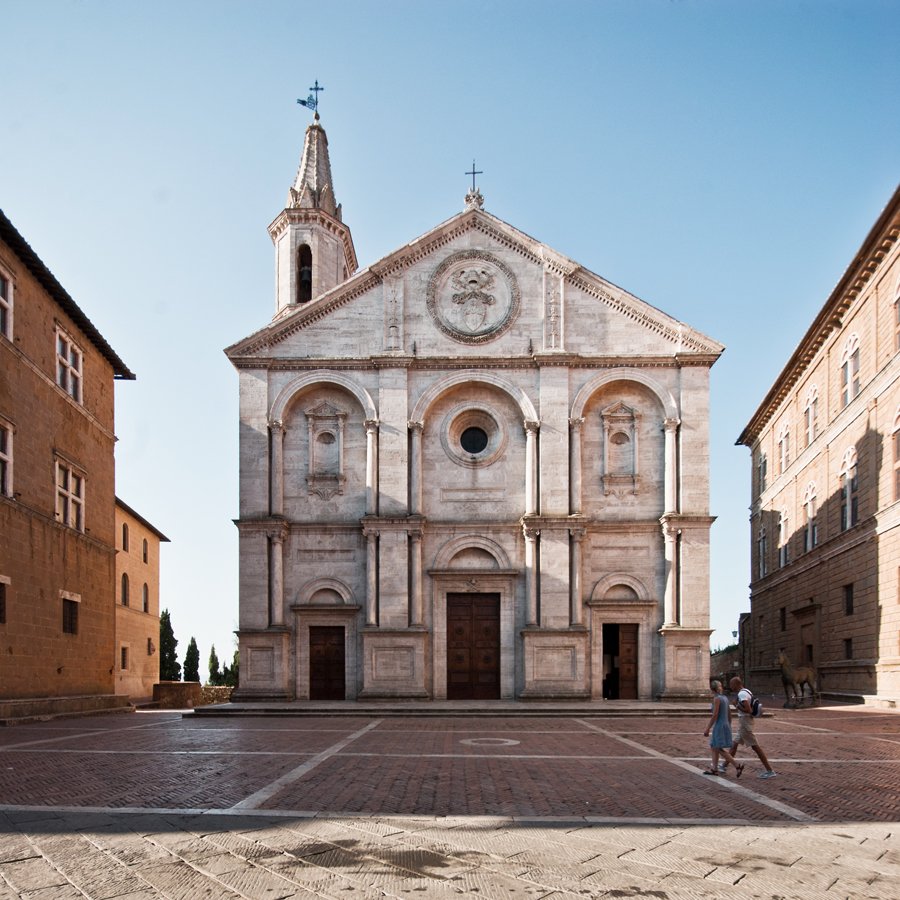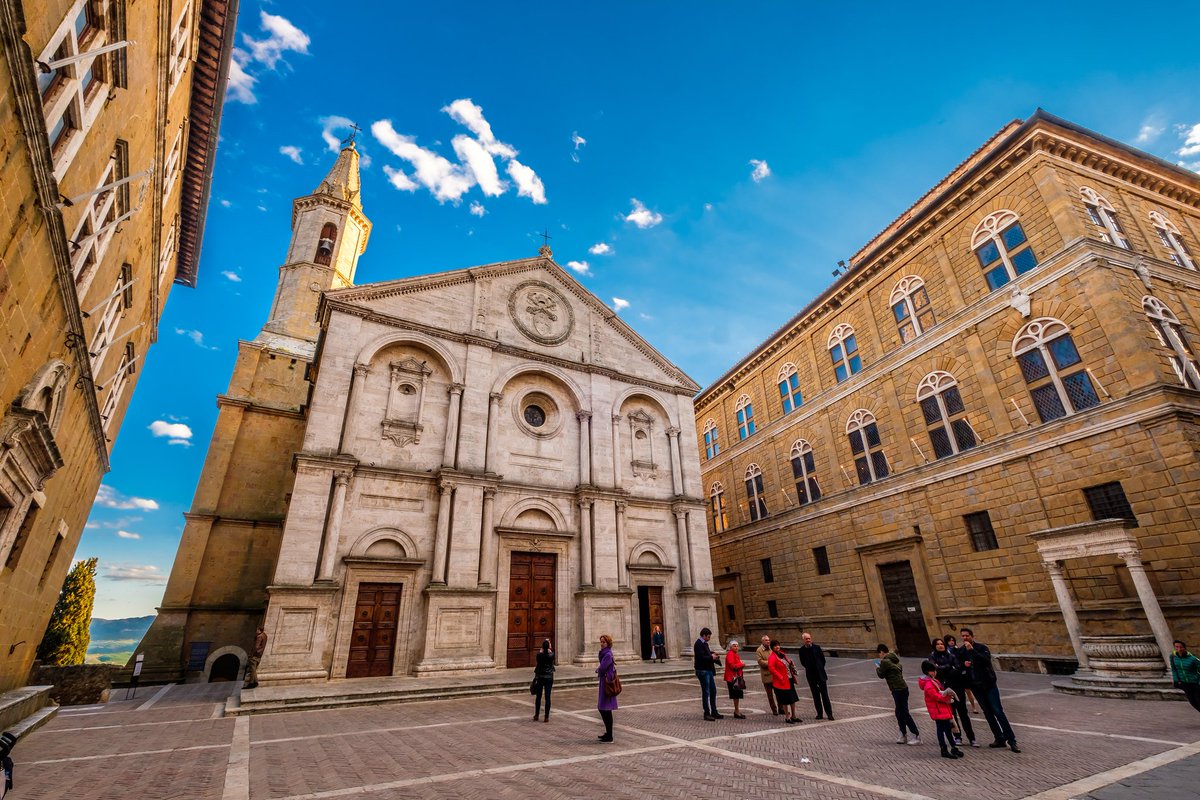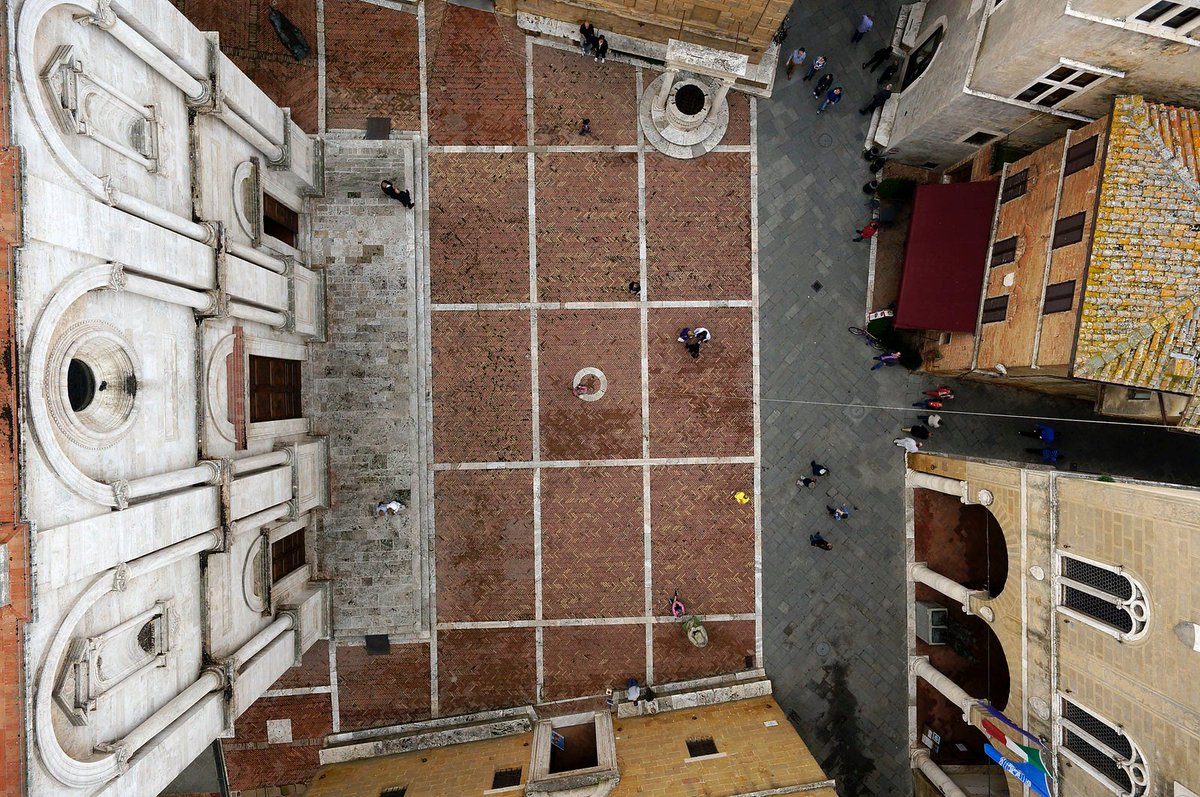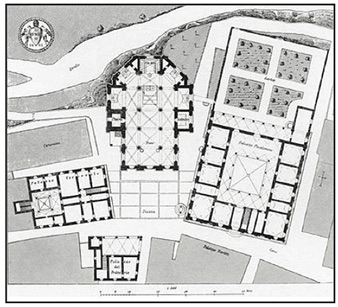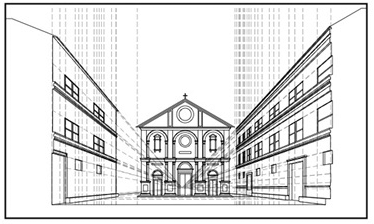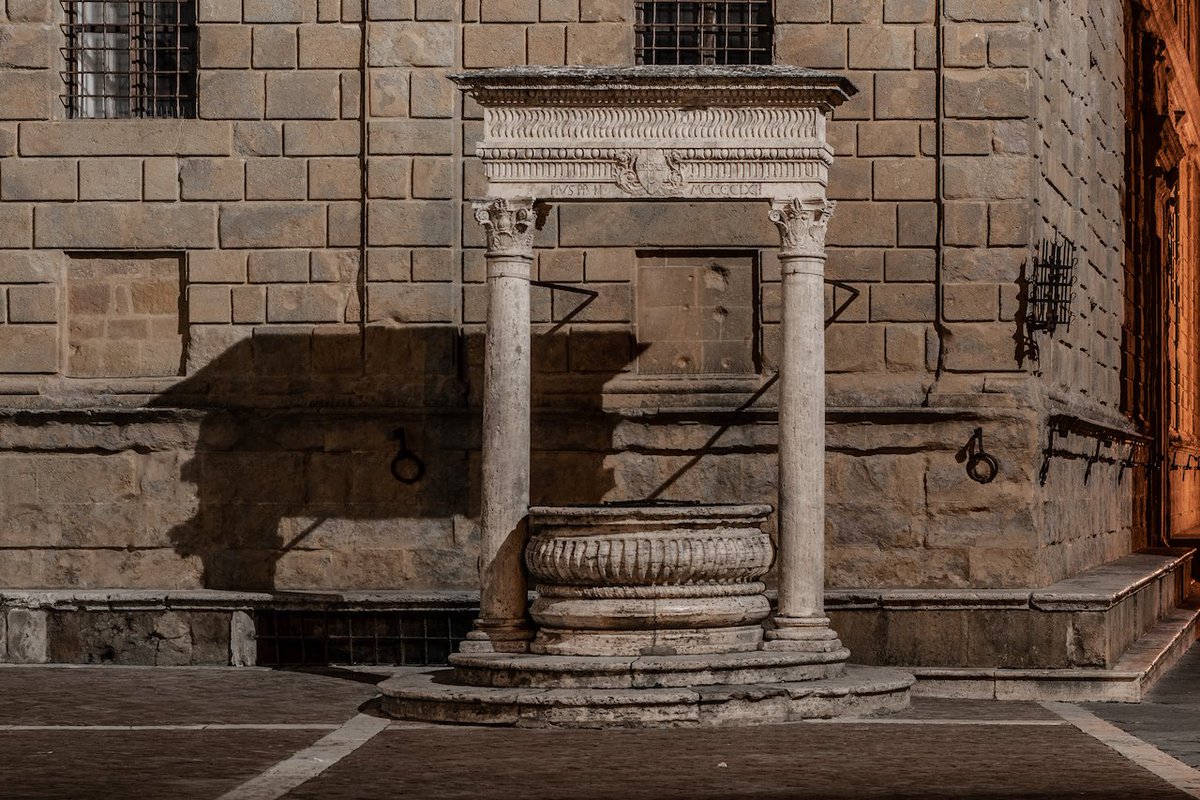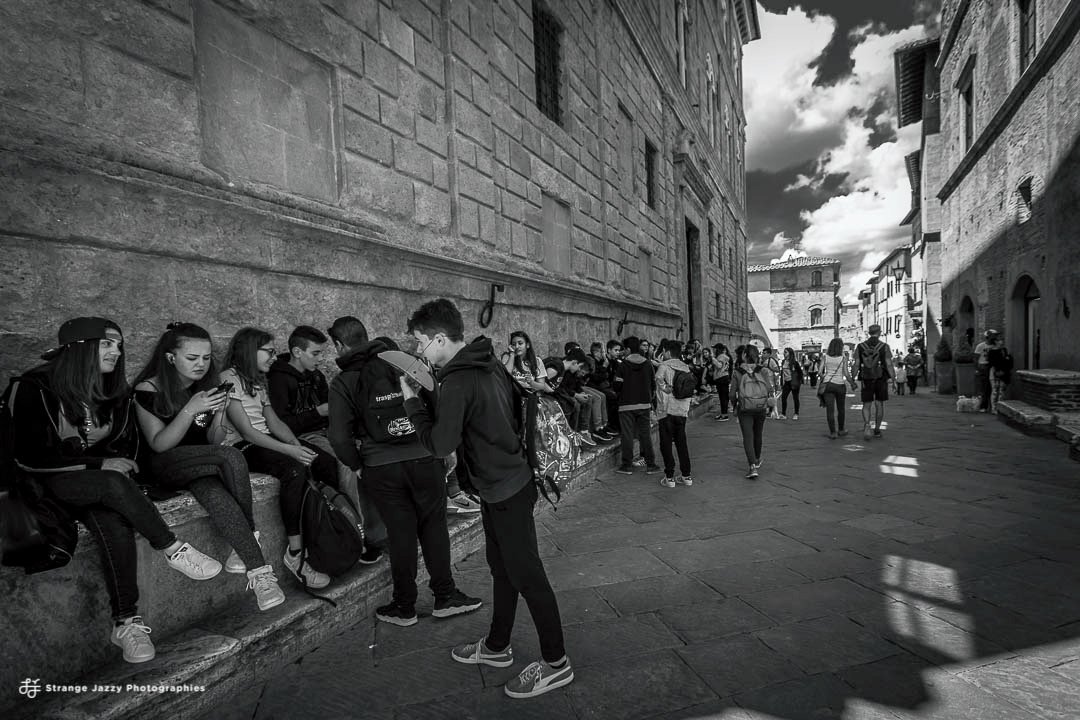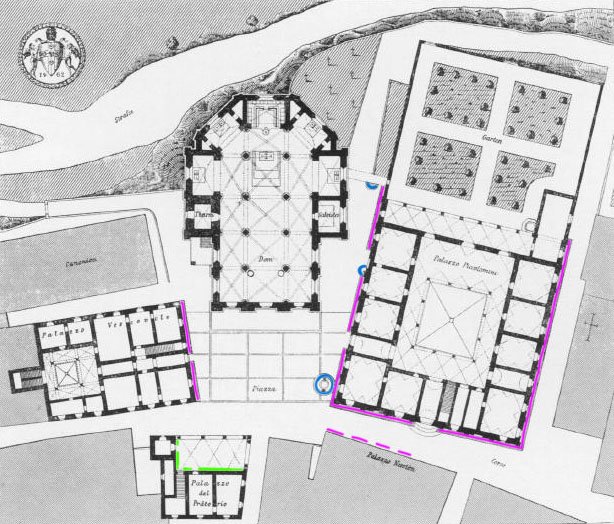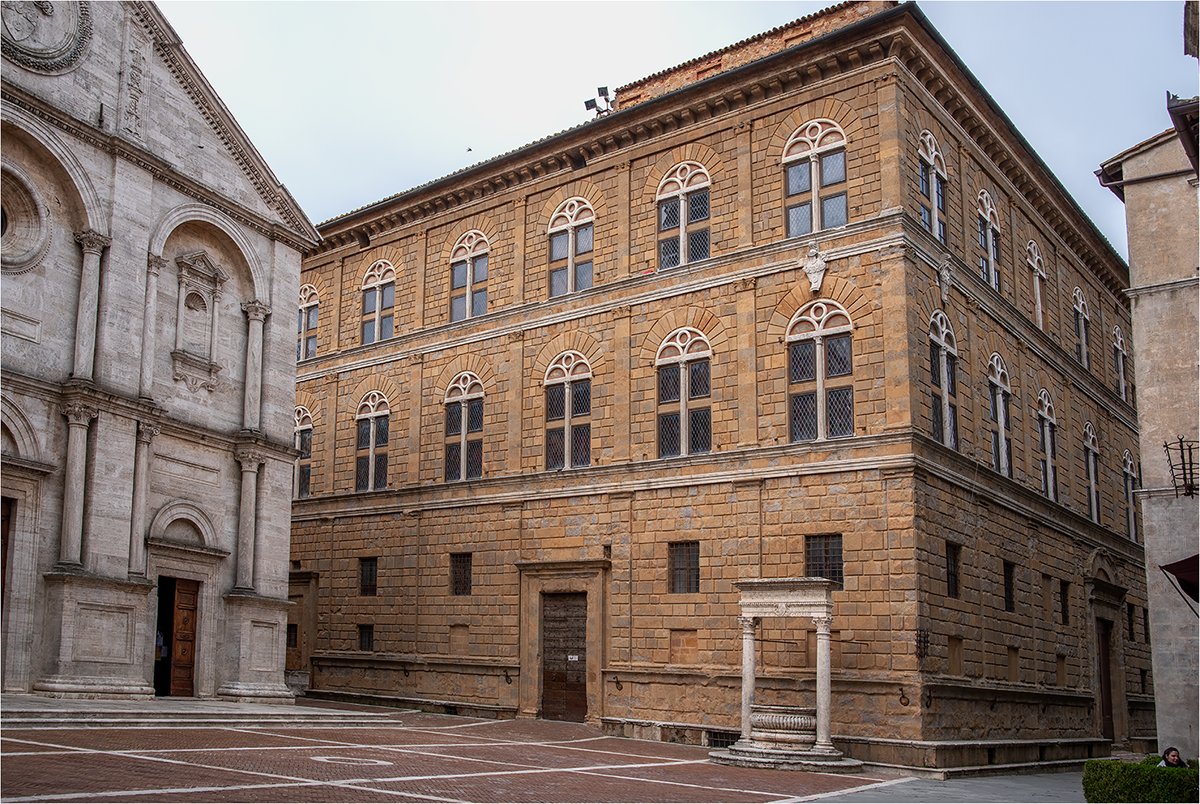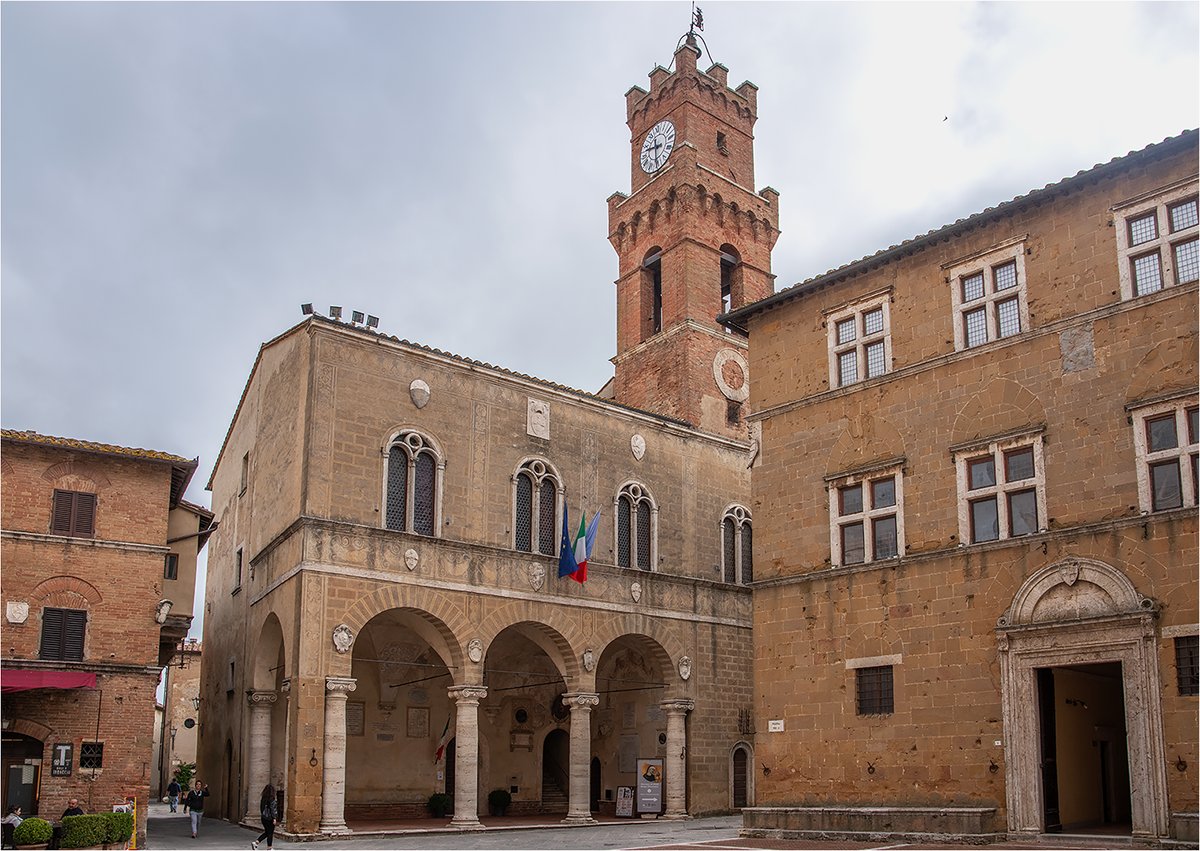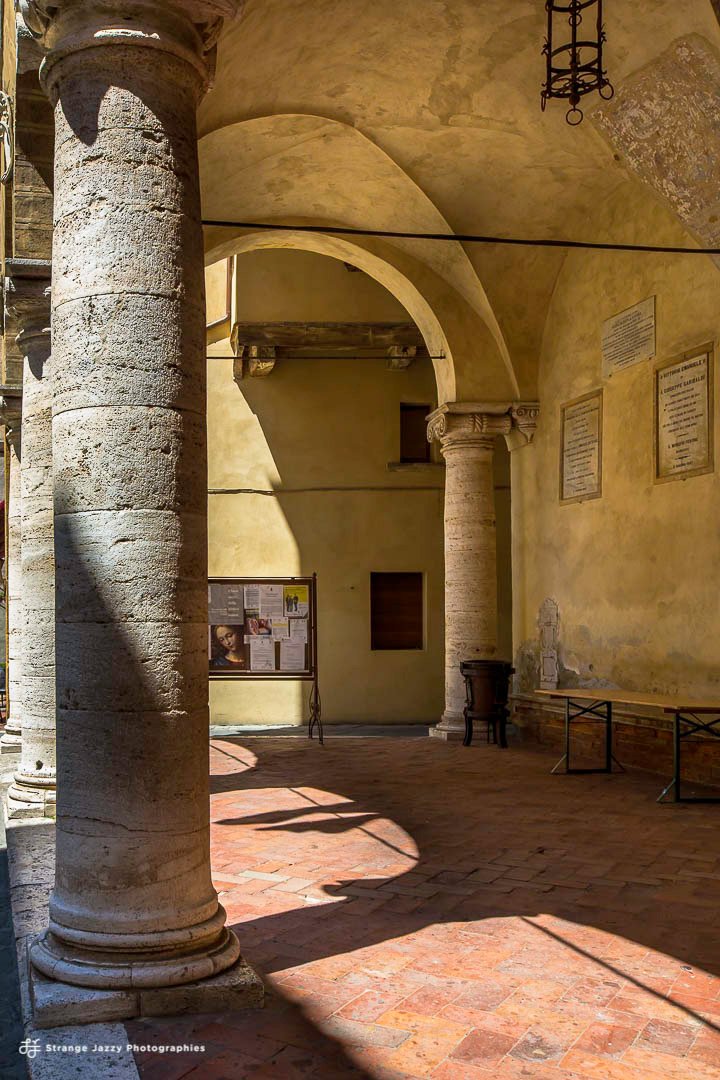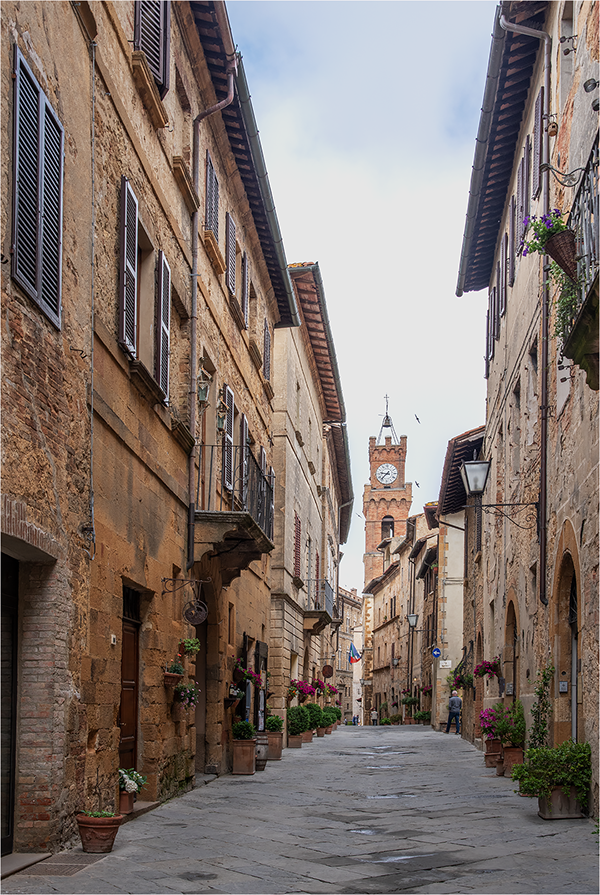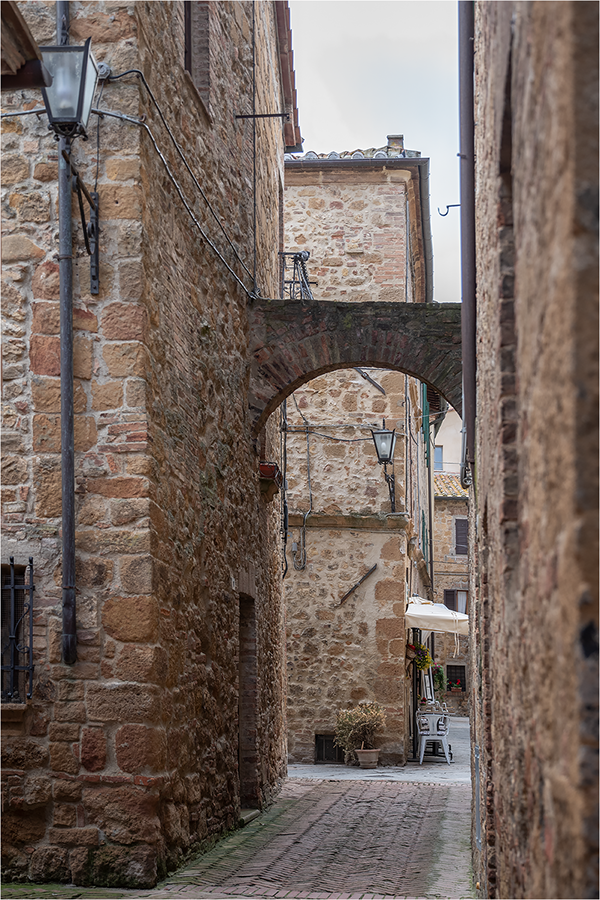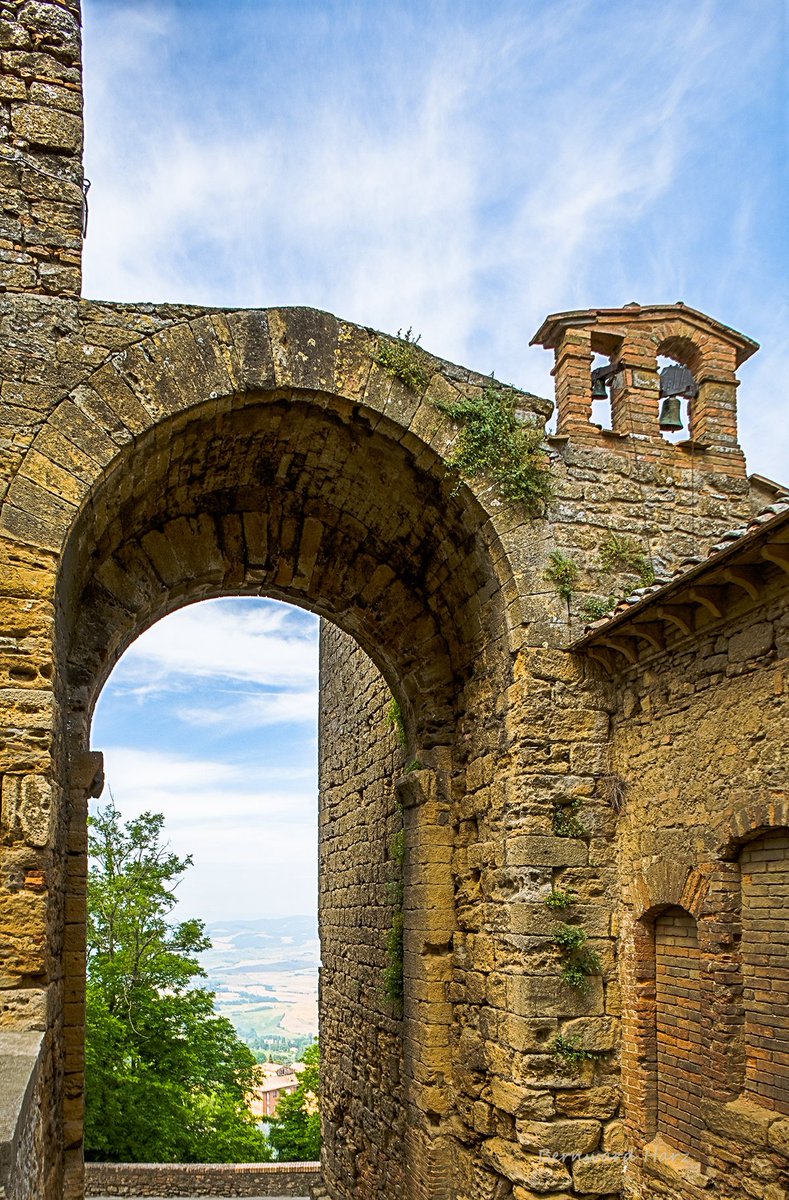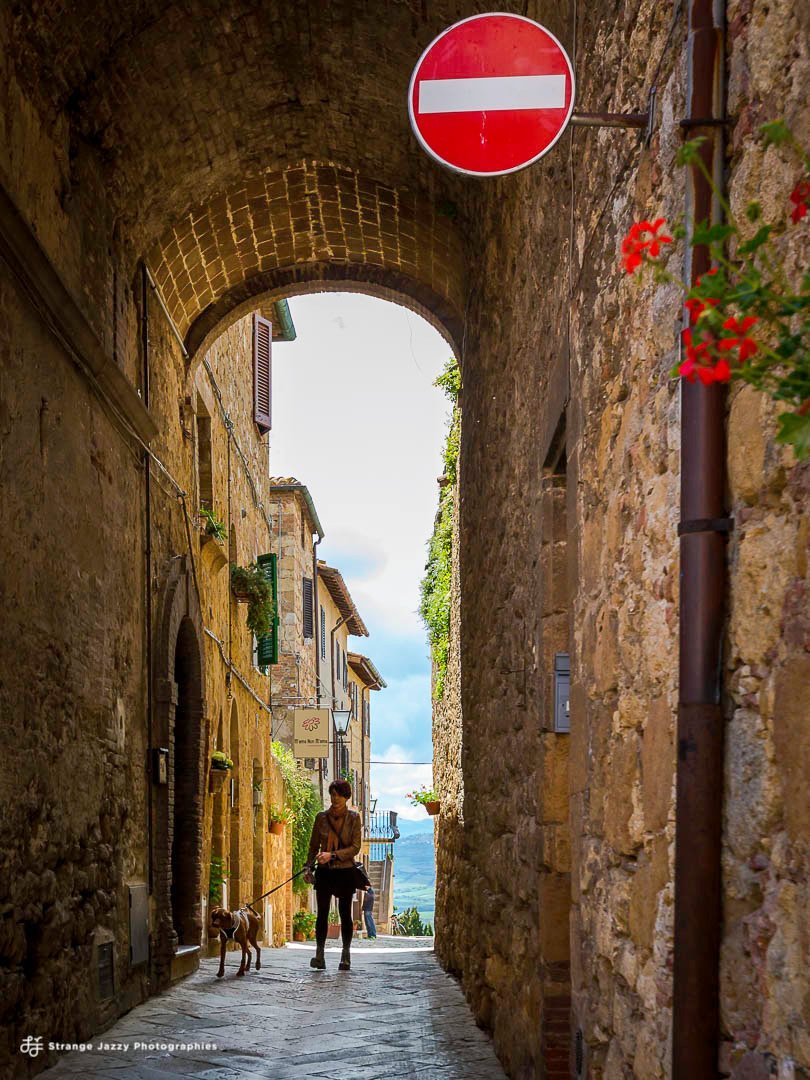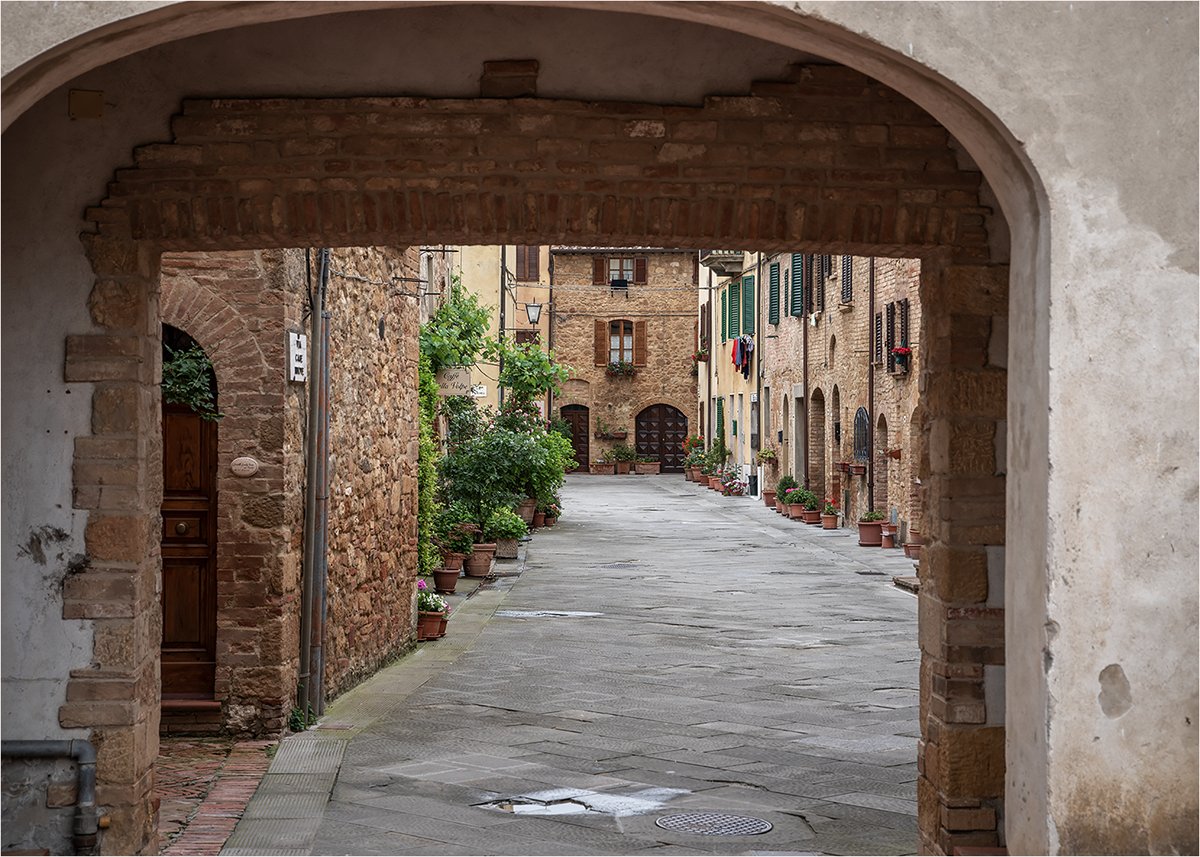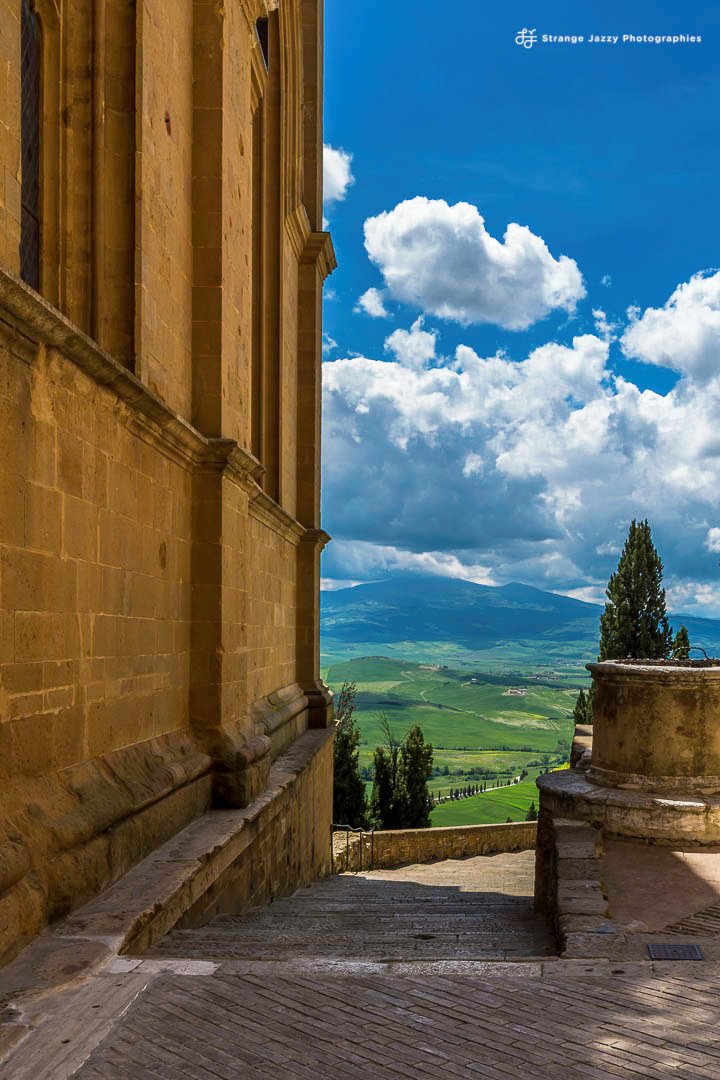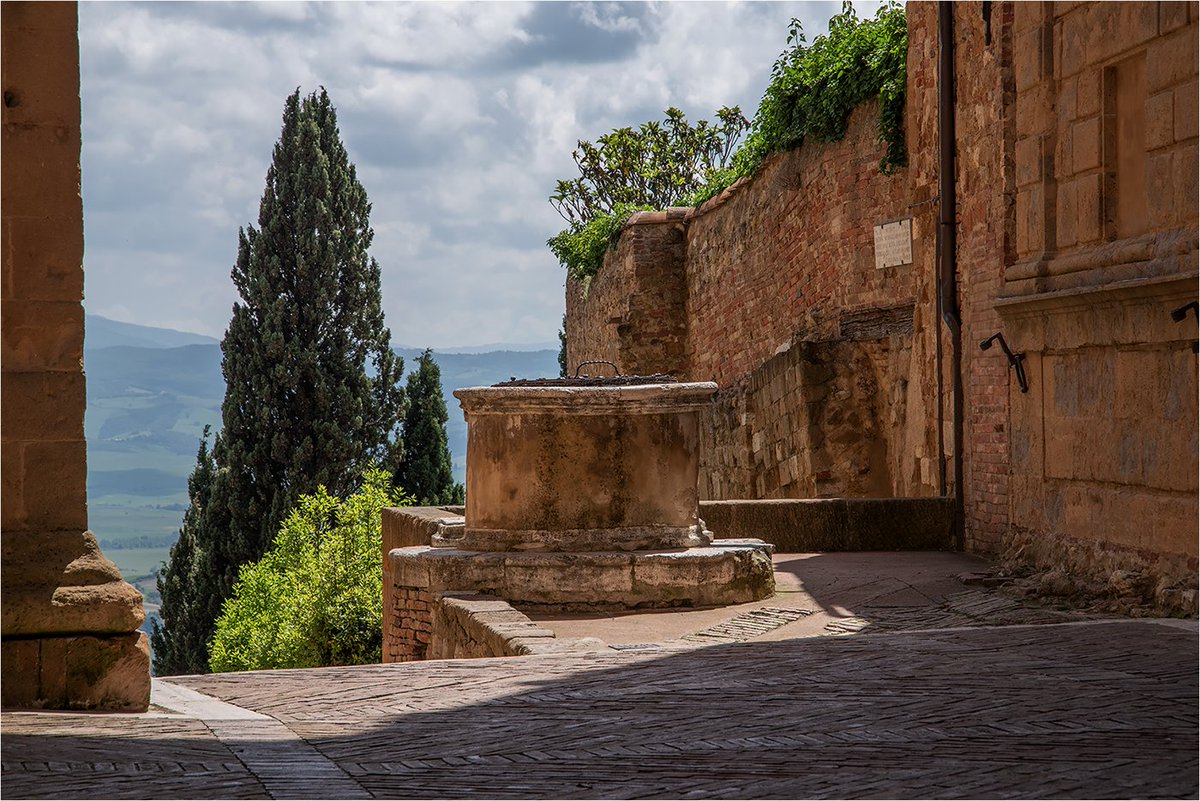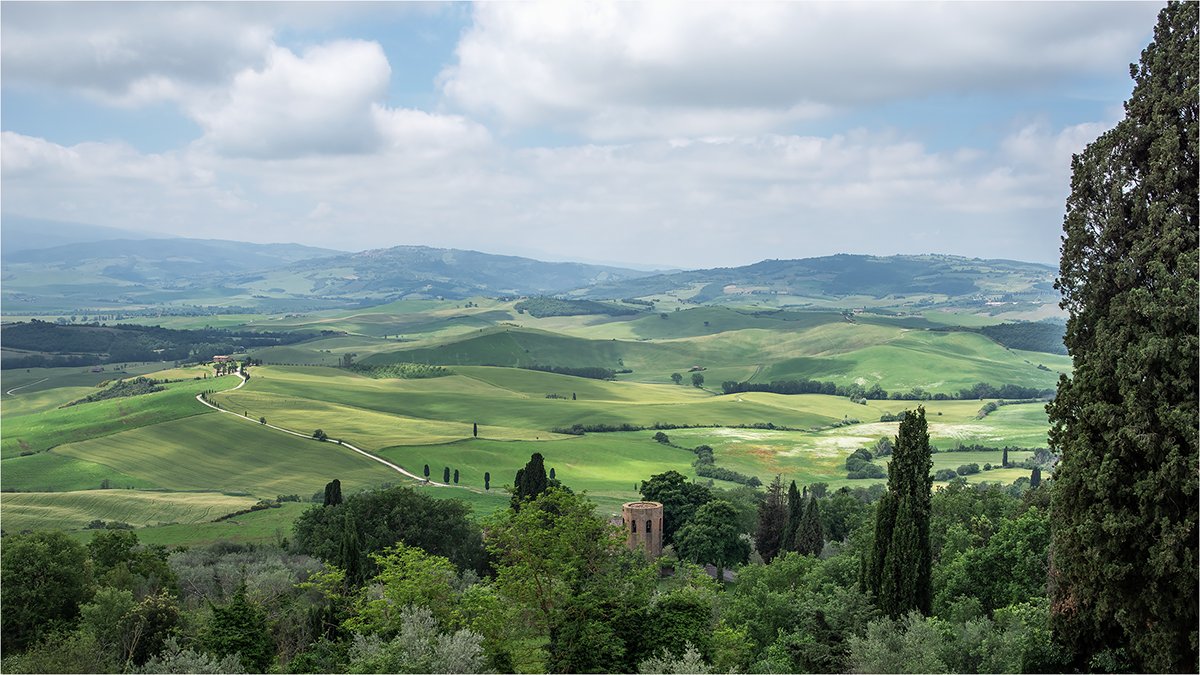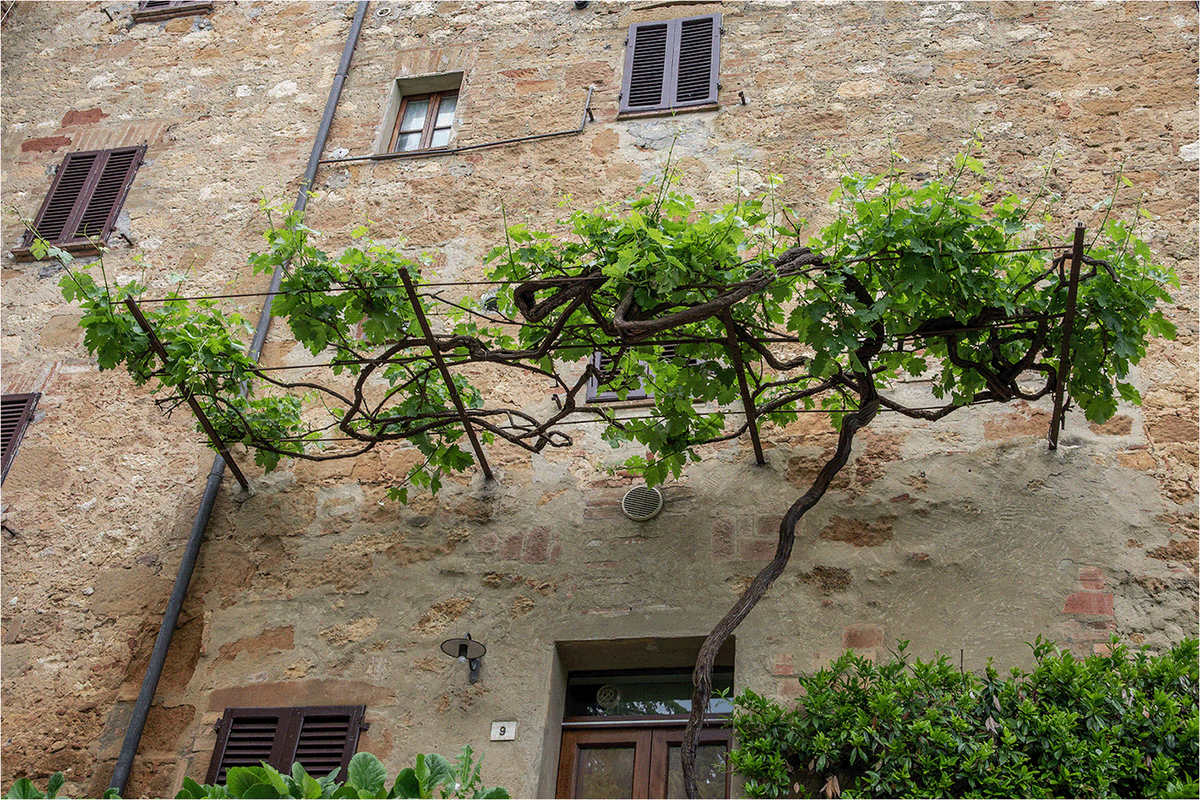It is my opinion that we moderns have simply lost the ability to build a decent plaza. Luckily there are still a few really good ones left from a time when we knew how. Let's have a look at one of them: Piazza Pio II in the Tuscan town of Pienza, built in 1459.
More art came out of a few decades of the Italian Renaissance than during the entire modern era, so it is no wonder that they also excelled at the art of building urban spaces, in my opinion clearly forming the peak of Western urbanism, probably never to be rivaled.
The Piazza, widely regarded as the finest example of Renaissance urban space in the world is relatively tiny, but makes excellent use of its space, at 690m² (the whole town is just short of 11 acres). It uses many tricks to create the feeling of a room, unlike modern plazas.
The non-parallel shape creates a situation where it looks different from every angle, creating an organic feeling room, it size proportioned on the height and size of its surrounding buildings, a square to be experienced from the ground only, where each opening creates a vista...
Unlike monumental later plaza designs, and modern ones as well, it places the hardware of the plaza, the wells, fountains and benches, to the sides, so as to leave the open middle accessible and usable for the many ceremonies, elections, proclamations, feasts, markets, etc.
The benches in particular are interesting. Taking a lesson from Florence, Pienza has benches lining all public spaces and most of the important communal buildings as well. Ideal places to watch city life, meet friends and business partners, the bench was a way of life.
Here is a map of the piazza infrastructure: the purple is outdoor permanent benches, green is indoor permanent benches, and the blue stands for water features, a well and two water cisterns.
The placement of the benches and well follows a pattern famously picked up by the Austrian arch-urbanist, Camillo Sitte in 1889, placed to the side where they enhance without hindering the usefulness of the place as a whole. The antique Roman touch provides historical reference.
The use of a covered loggia on one corner, generously supplied with benches for all weather-use, creates another room inside the room, a place to be seen as well as see, as it doubled as a waiting room for citizens on official business to the town council.
But a plaza is never just to be considered by itself. The streets and places surrounding it contributes to its remarkable beauty: curved streets to show the buildings as well as the towers and spires...
...the many arches, supporting arches, vaults and gates serves to further create rooms out of what would otherwise be just corridors (the streets) while providing practical things like wall support, living spaces, etc.
...some streets lead to vistas of the surrounding countryside. Imagine taking your guests up here, and being able to show friends and guests your farm, the hill where you proposed to your wife, the distant stream you played in growing up? Even bragging: "Those orchards, mine!"
Clever use of trees provide welcome shade in the summer, fresh fruits in the autumn and access to sun in the cold but short winter months. Trees need not take up a lot space!
Here is a nice panorama view application from the center of the piazza. http://www.thinklab360.com/siena-virtual-tour/pienza/piazza-duomo.html

 Read on Twitter
Read on Twitter